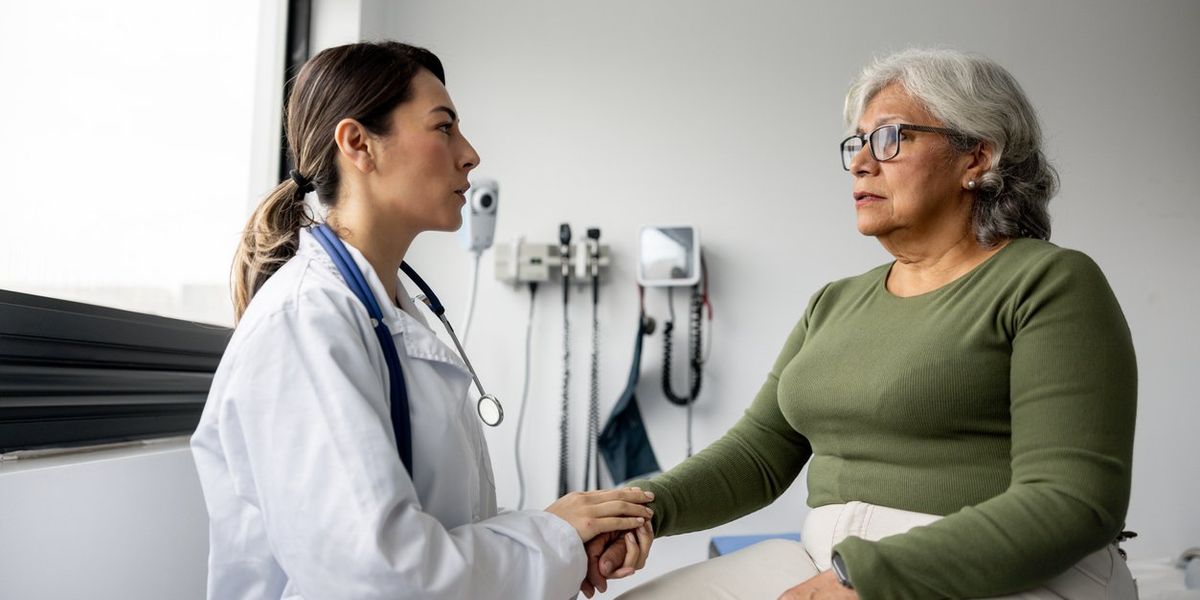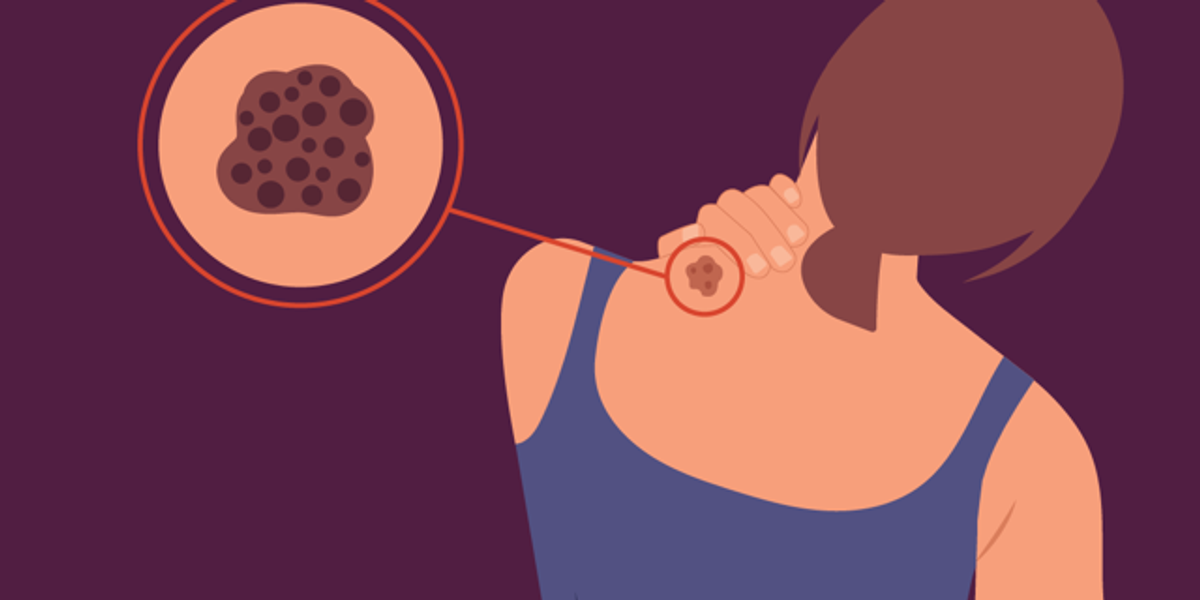Making the Most of Your Annual Checkup
As a woman in my 50s, I often find myself wondering if some new ailment is just part of “normal aging” or if I should see a healthcare provider (HCP).
Is that pain in my foot fixable with physical therapy or am I just getting too old to run? Am I not sleeping well because of stress or is it perimenopause? Which vaccines should I get now that I’m over 50?
These are just some of the questions that make annual checkups especially important — and helpful — for women at all ages, especially in midlife.
Annual checkups, sometimes called well woman visits, are key to maintaining good health. These visits help you and your HCP maintain an active dialogue about your health and can help prevent future medical issues . Annual visits are a great time to talk about your health concerns, ask questions and get screened for various conditions. Your HCP might weigh you, take your vital signs, discuss your health habits and do a physical exam. At some annual visits, you might have blood drawn or get a vaccine.
“As a family physician, I care for the whole patient and try to discuss prevention at every visit,” said Ada D. Stewart, M.D., lead provider and HIV specialist at Waverly Family Practice in Columbia, South Carolina, and past president and past board chair of the American Academy of Family Physicians. “My well women annual visits … focus on sexual health, but I usually see [my patients] more often so I have time to address their social history and include their physical and mental health. I usually address risk for diabetes, heart disease [and] work-life balance regularly.”
Ideally, annual checkups should be an opportunity for your HCP to get to know you and your health needs and a way to develop a long-term relationship with an HCP. But for many women, it’s the only time they see an HCP. Still others never get a checkup at all.
According to a 2024 report, just 7 out of 10 women ages 18–44 had a preventive medical visit in the past year. That means almost a third of women didn’t get routine preventive care. And some women have a harder time getting care than others, including women of color, women with lower education levels, women in rural communities and women with lower incomes.
Almost 12% of women 18–44 are uninsured, and Hispanic women, women without college degrees and women living in poorer households are more likely not to have health insurance. Without health insurance, preventive care and routine screenings can be out of reach.
What’s included in a typical well woman visit
Due to insurance requirements, the average well woman visit usually lasts only 15 to 30 minutes. That doesn’t always leave enough time to ask all your questions. And you might not be able to get the information or resources you need.
To make the most of these visits, you need to use your limited time wisely. It helps to know what to expect.
The Women’s Preventive Services Initiative (WPSI) publishes a Well-Woman Chart that outlines recommended preventive services based on a woman’s age, health status and risk factors, including screening and/or counseling for:
- Alcohol, tobacco and substance use
- Anxiety and depression
- Blood pressure
- Birth control
- Cancers including breast, cervical, colorectal, lung and skin
- Diabetes
- Diet and activity
- Intimate partner/domestic violence
- Obesity
- Sexually transmitted infections (STIs) such as chlamydia, gonorrhea, syphilis and HIV
- Other infection diseases such as tuberculosis and hepatitis B and C
- Vaccinations
That’s a long list, and it may not even include everything that you specifically want to address, such as migraine attacks, menstrual health and menopause.
How to get what you need in a well woman visit
There’s almost no way to cover every possible preventive health screening or topic in one visit. So how can you get the information and support you need in your annual checkup?
Stewart recommends coming to your visit prepared, specifically suggesting that women bring a list of questions or concerns with them so they do not forget anything when they’re with their HCP.
“Annual well women visits give me the opportunity to address the unique needs of women, which do change throughout their lifespan,” said Stewart.
Here are 4 tips to make the most of your annual visit:
- Outline your concerns. Think about your own health and outline what you’re wondering or worried about. Take time to reflect on things you may be dismissing or ignoring. Be honest with yourself about how you feel. Don’t just brush things off and tell yourself you’re fine.
- Prioritize topics you want to talk about. You may have a long list of worries or concerns, but you may not be able to get full attention for all of them at an annual checkup. Once they’re all on a list, pick the top few issues that are most important. Don’t leave the visit without talking about those priorities.
- Share your concerns in advance. Many HCPs send forms before your visit. Or they might ask you for the reason for your visit when you make the appointment in the first place. Use anything like that as an invitation to list anything that’s on your mind. If they don’t ask for that information ahead of time, message them in your patient portal or call ahead and ask for the best way to preview your concerns for your HCP.
- Expect to follow up. Be prepared to schedule follow-up visits. If your HCP can’t or doesn’t have time to address more complex issues, they may send you to a specialist. If you find yourself running out of time or feeling rushed, you might even suggest that you come back for a separate visit. Take a little pressure off that one visit and invest in taking care of your health over time.
This educational resource was created with support from Pfizer, a HealthyWomen Corporate Advisory Council member.
From Your Site Articles
Related Articles Around the Web
Source link
Share this article:












